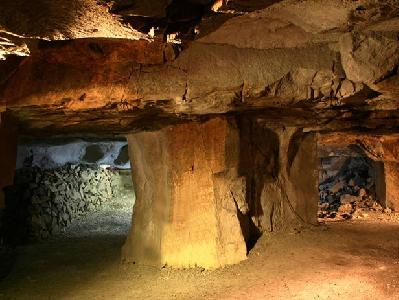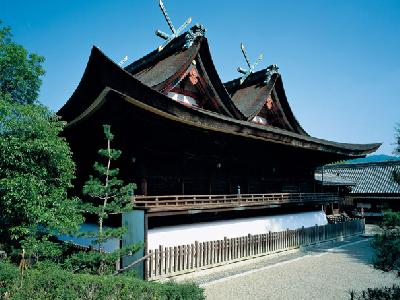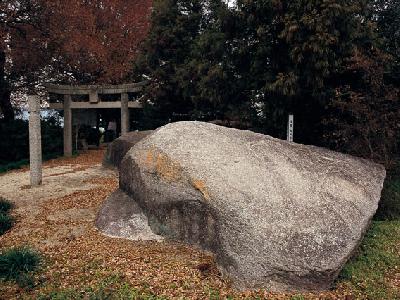|
Megi-jima Island, which is a part of Setonaikai National Park and about 20 minutes ferry ride from Takamatsu Harbor, is often called by its nickname of Onigashima (Ogres' Island), which derives from a long cave located in the hillside on the island. Since it was discovered in 1930, it has been associated with the ogres’ den in the story of Momotaro.
From the platform above the cave, you can command a panoramic view of the Seto islands including Oshima, Kabuto-jima and Yoroi-jima as well as the attractive fishing village at the foot of the hill, where houses have high stone walls called “ote” to provide protection from cold wind called “Otoshi” in winter.
In Takamatsu City Onigashima Oninoyakata Museum at Megi port, many objects concerning ogres are exhibited.
From the platform above the cave, you can command a panoramic view of the Seto islands including Oshima, Kabuto-jima and Yoroi-jima as well as the attractive fishing village at the foot of the hill, where houses have high stone walls called “ote” to provide protection from cold wind called “Otoshi” in winter.
In Takamatsu City Onigashima Oninoyakata Museum at Megi port, many objects concerning ogres are exhibited.
| [+ADDRESS] | 
|

















